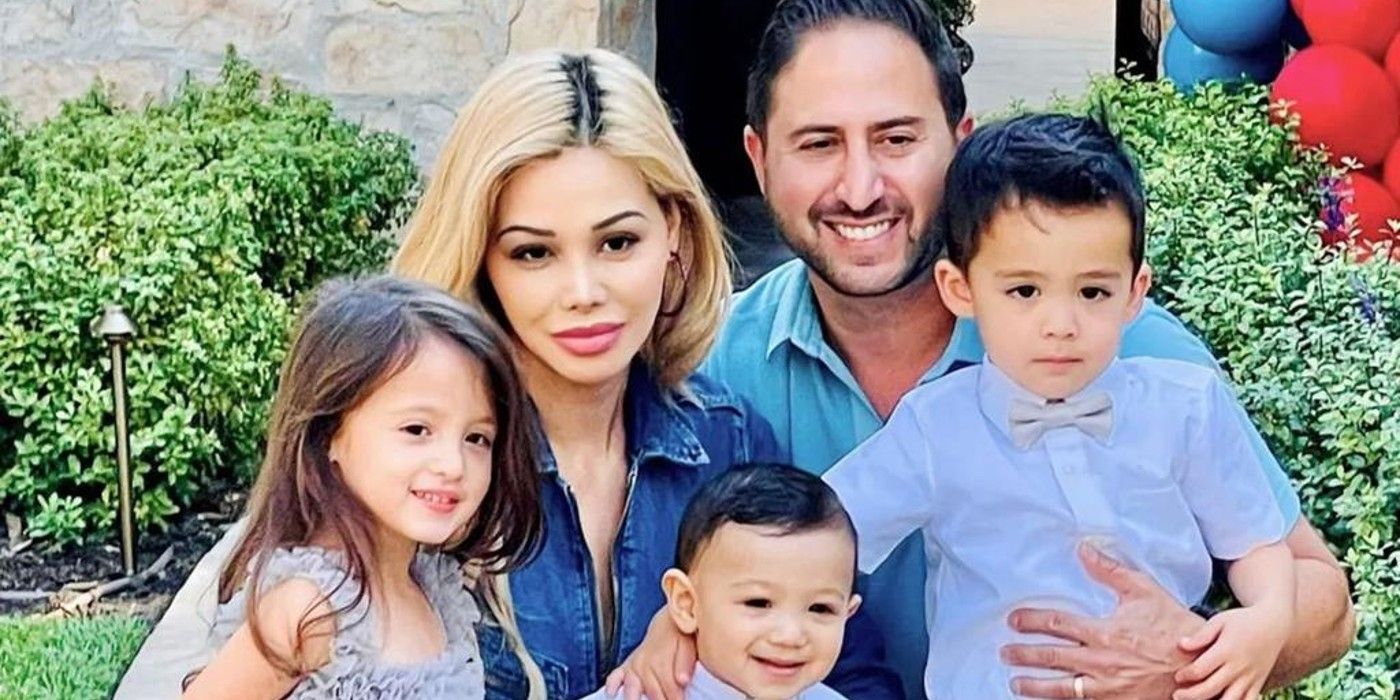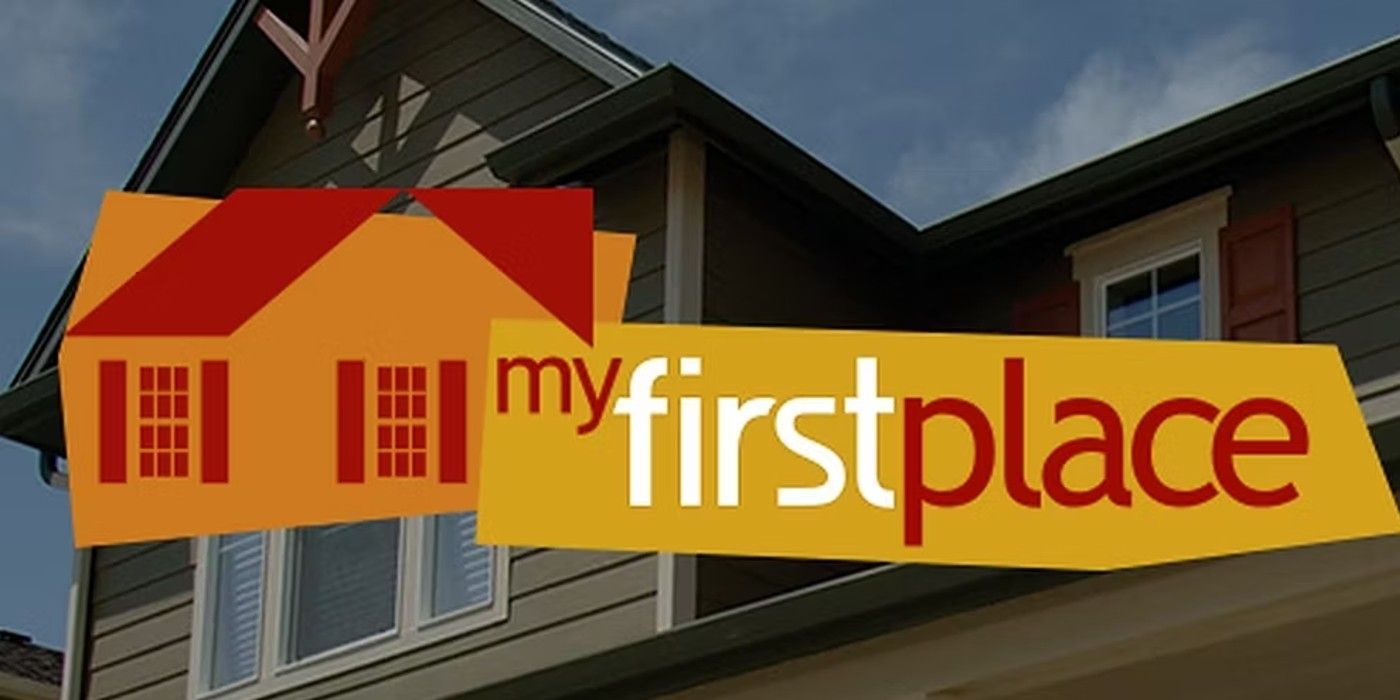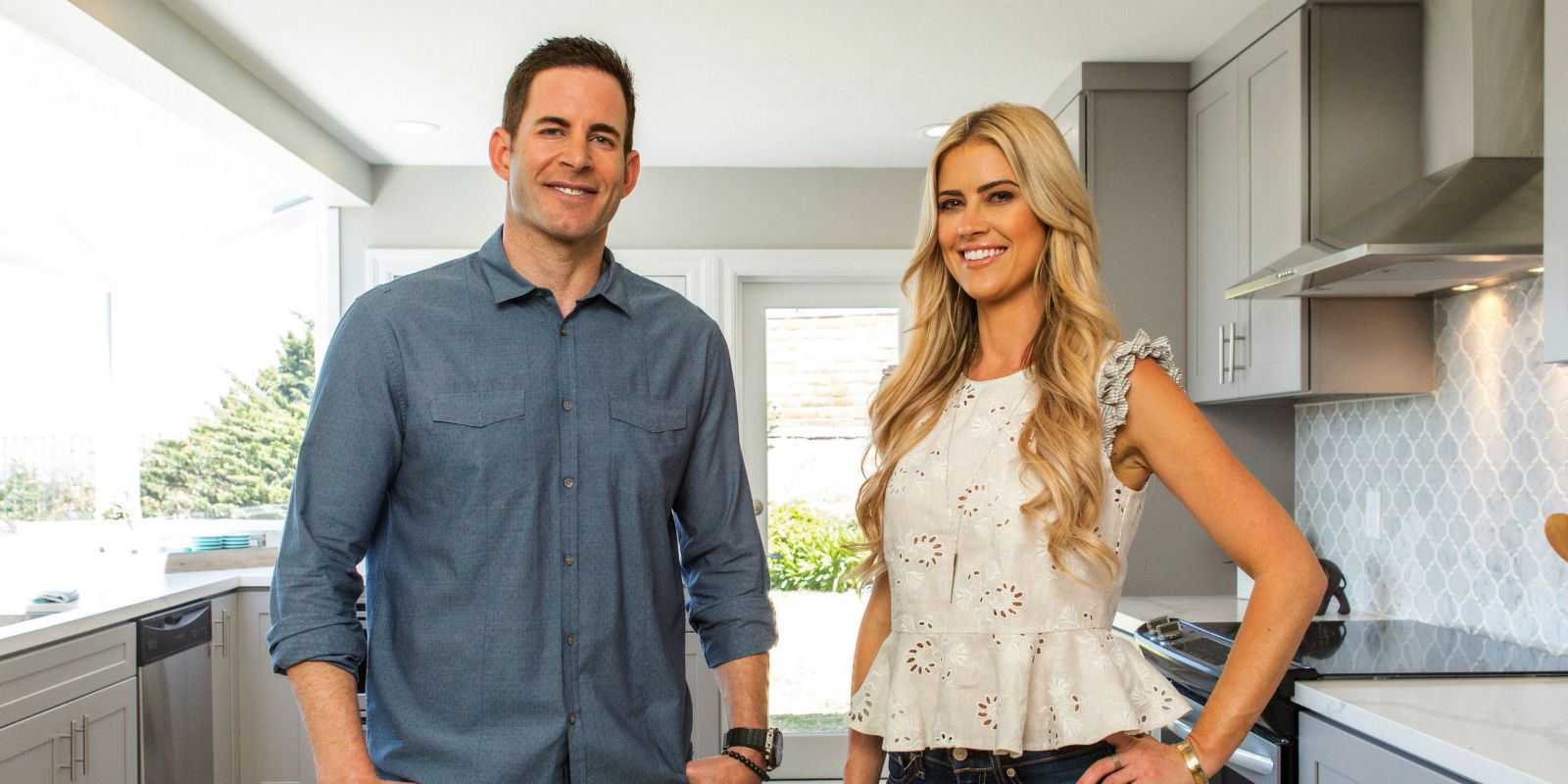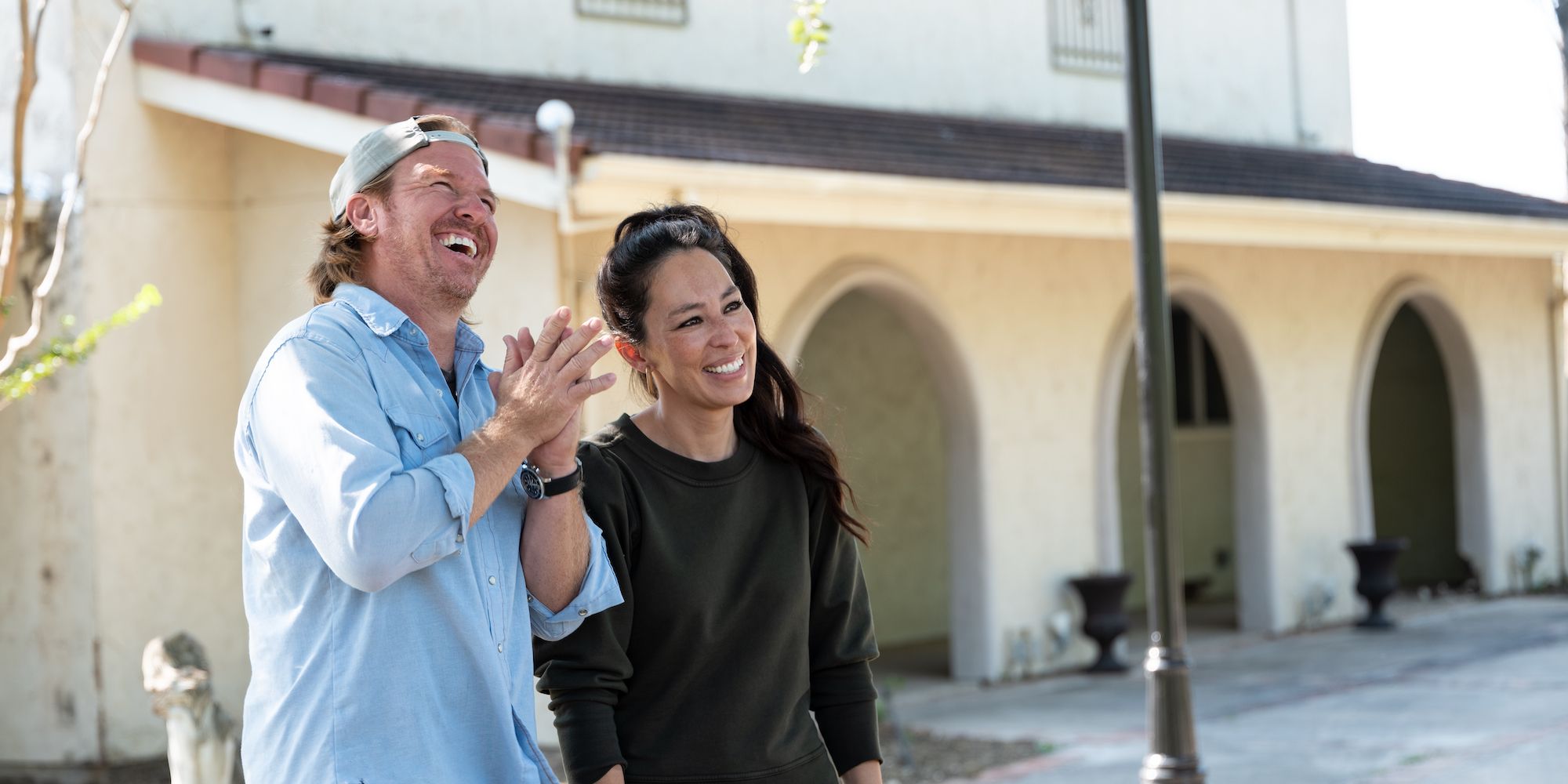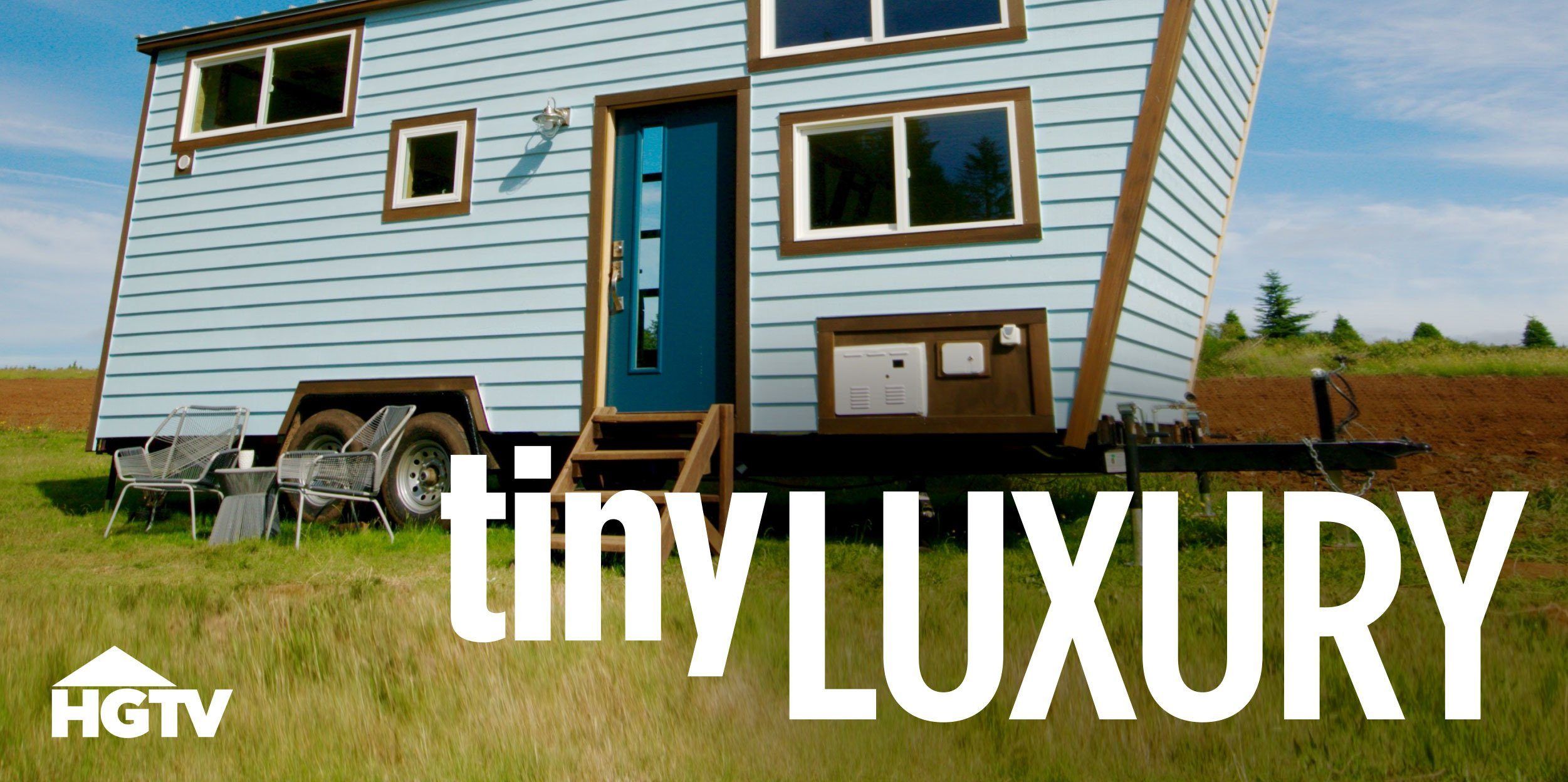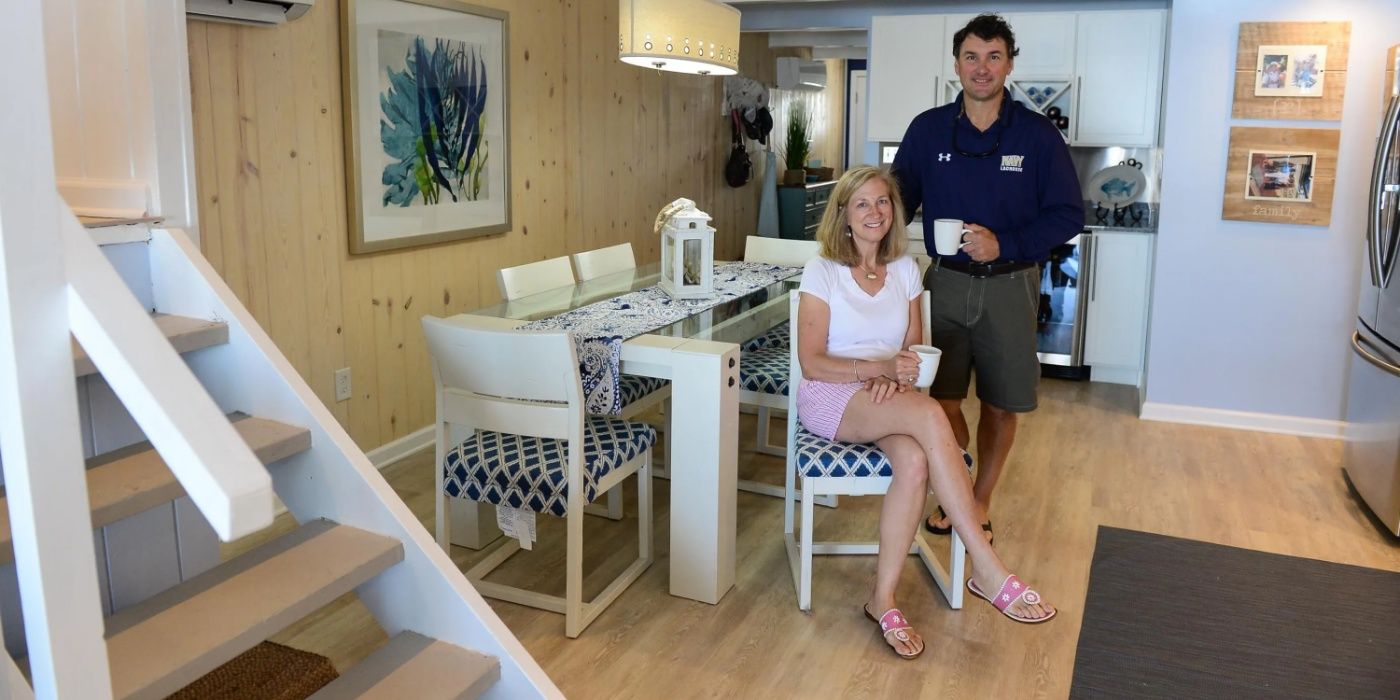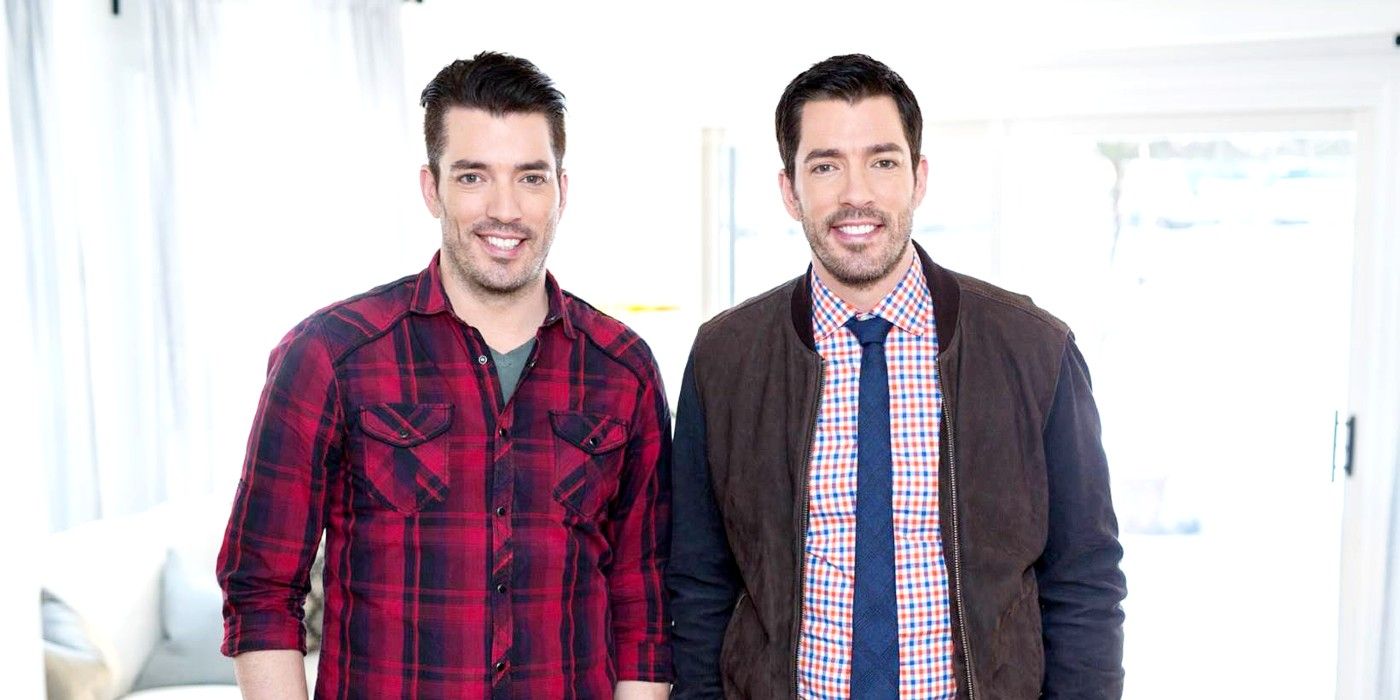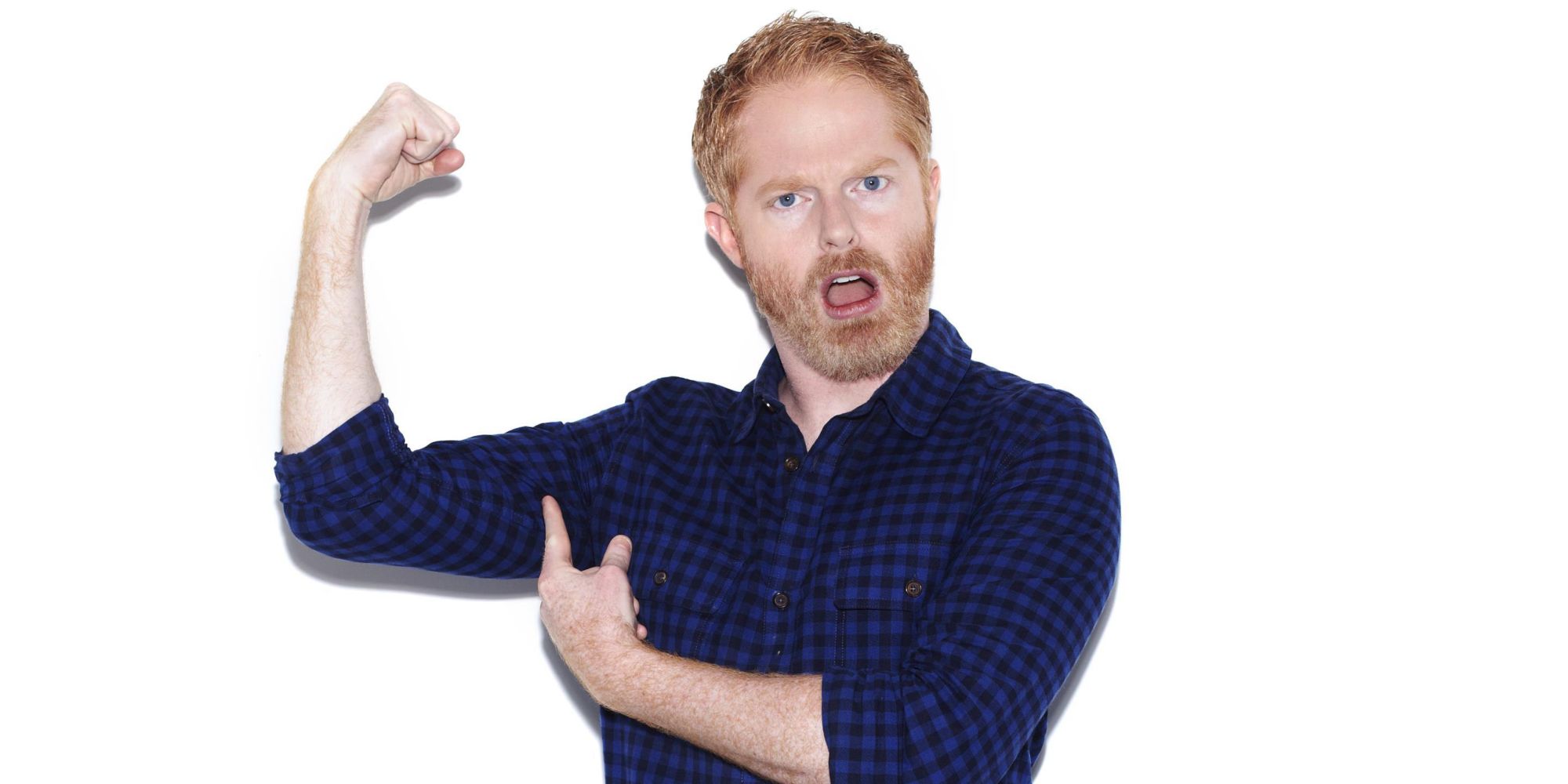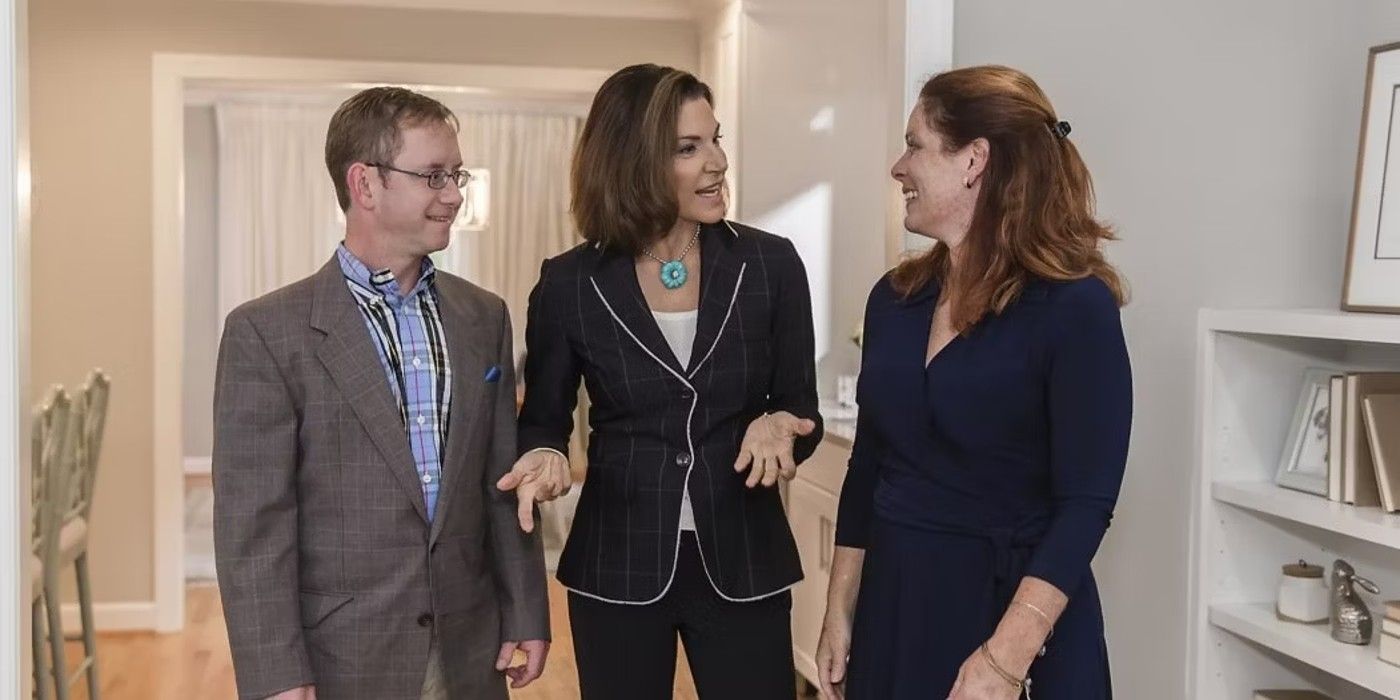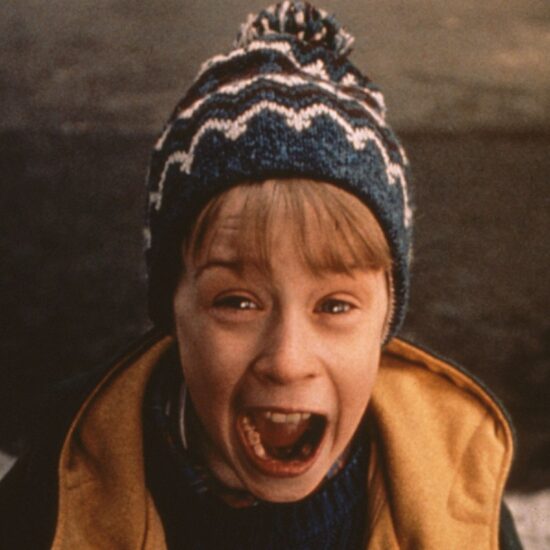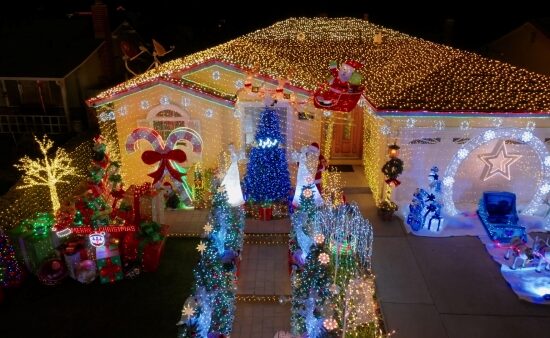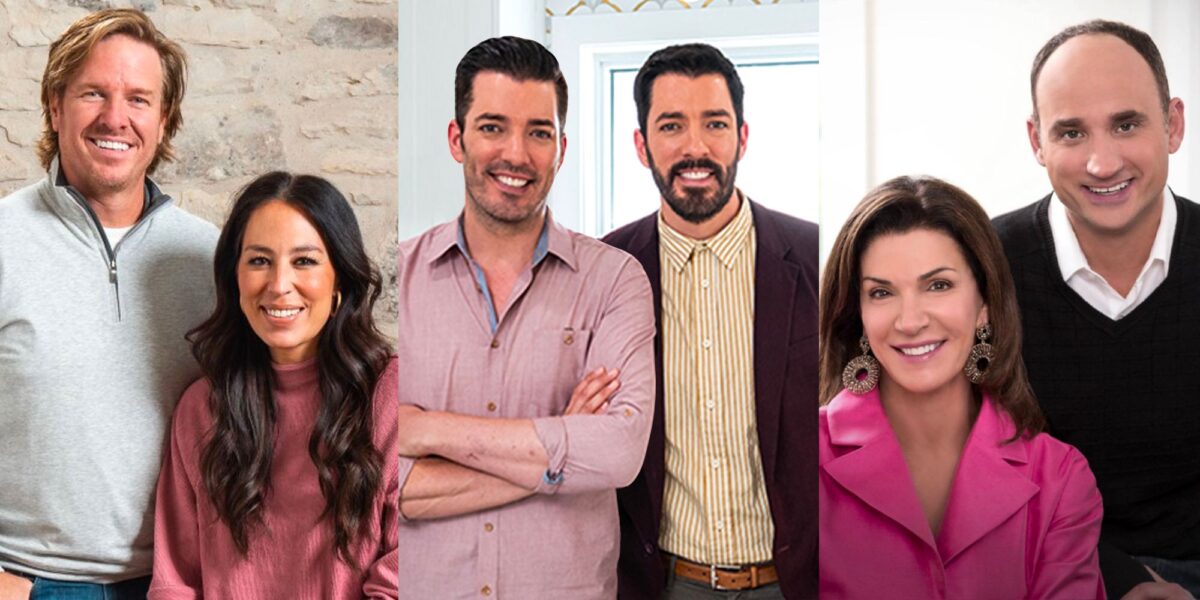
Summary
- Reality home shows can be overly produced to create excitement and may not accurately portray the real estate process.
- “Tiny House Nation” and “My First Place” are examples of real home shows where the experiences of buyers and builders are genuine.
- “Million Dollar Listing,” “Selling Sunset,” “Fixer Upper,” “Property Brothers,” and “Love It Or List It” are examples of home shows that have been found to have elements of fakeness or manipulation.
The world of reality television can be quite confusing, but that doesn’t keep fans from indulging in their favorite shows, no matter how unrealistic they can come across. Sometimes, reality TV lovers can’t help but wonder how much is true and how much is entirely scripted. How far do producers go to make the audience’s favorite series seem either wholly fake or real?
As exciting as getting a new apartment, selling a home, or decorating a space is, these reality home shows aren’t always as authentic as they seem. Sometimes, they’re overly produced in a way to make the show more exciting without the viewer realizing it. Even popular shows concerning the realtors are dramatized to keep viewers locked in on the process. Which home shows are real, and which might be fake?
Real: Tiny House Nation
Tiny House Nation lasted for five seasons on the FYI and A&E channels. The show focused on home renovators John Weisbarth and Zack Giffin creating tiny homes for clients who wanted smaller spaces. The show ended in 2019 but is now streaming on Netflix.
Tiny Life Consulting confirms that Weisbarth and Griffin created small homes in no longer than two weeks. Both men admitted they slept around two hours a night because they were working so hard to make the houses a success for the show. As for the people buying the homes, they, too are 100% real and financially responsible.
Fake: Million Dollar Listing
Million Dollar Listing started in Los Angeles in 2017 before branching out to New York, Miami, and San Francisco. However, the two cities that are the most popular with fans are Los Angeles and New York due to the characteristics of the realtors.
As popular as the Bravo show is, TV Over Mind proves the show is fake in many ways. As a reality show, some of the scenes were reshot or forced to make it look like the realtors were just waking up in the morning when it was late in the afternoon. Although Ryan Serhant swears the show is accurate, some deals aren’t.
Real: My First Place
My First Place follows the struggles and adventures of people looking to buy real estate for the first time. The show truly resonated with audiences and ran for an impressive 22 seasons. Everything fans can think of regarding the perils of buying a house is depicted on the show, including unexpected expenses and auction wars.
Because all of these things are a bit too familiar for anyone who’s ever been in the shoes of first-time home buyers, there’s a powerful possibility the show is real. Unlike many other reality home shows, this one isn’t all fun and games and is a true lesson for anyone who wants to enter the turbulent waters of home-owning.
Fake: Selling Sunset
Selling Sunset was released in 2019 on Netflix and became an instant hit. The show focuses on the brokerage company, the Oppenheim Group, and those who work for the company. Like Million Dollar Listing, Selling Sunset doesn’t just focus on the work, it follows the stars home as they balance their personal lives and life at work.
However, Women’s Health showed that the show might not be as accurate as it portrays. A TikToker proved that her house was established as a possible listing on the show. But the reality is her home wasn’t on sale, and she never met the agent, Christine.
Real: Flip Or Flop
Flip Or Flop does a beautiful job of marrying the exciting world of renovations with the uncertain real estate market economy. The show’s overall premise is that real estate agents Tarek and Christina buy old homes and flip them into houses they sell and make some serious profit.
Even though there have been some questions on whether or not the profit they make is accurate, there’s no reason to believe the show is fake. Tarek and Christina buy houses and put all the work into renovating and selling them. Compared to other reality home shows, this one seems pretty accurate.
Fake: Fixer Upper
Fixer Upper originally ran from 2013 to 2018, and it followed married couple Chip and Joanna Gaines in their struggles to turn fixer-upper places into beautiful homes. They aim to give the citizens of Waco, Texas, the house of their dreams through extreme renovations.
One of the best parts of the show is that they show their clients three houses needing repair, and the client chooses one. The client already owns the house they end up picking. Plus, all the beautiful interior design Joanna decides only gets to stay if the homeowners are willing to pay. At least the renovation is real.
Real: Tiny Luxury
Tiny Luxury represented a breath of fresh air compared to other reality home shows. As opposed to showing or building everyone huge mansions that were always over the top, the show focused on homeowners who wanted to trade their big houses for smaller places to live a more stable lifestyle.
While it’s pretty challenging, it’s a fun and inspiring show. Thanks to an interview with the LA Times, the show was real. What happens after the show is unclear, but it’s believable many people stay true to their new ways of life.
Fake: Beachfront Bargain Hunt
Who doesn’t want to own a beach house in a dream location that overlooks the ocean? Beachfront Bargain Hunt was a hit with audiences. Following home-buyers who tried to find their dream beach house for a decent price—meaning, not a fortune—there was plenty to be excited about.
However, the show isn’t entirely as accurate as one might think. There was even an instance where a realtor was contacted to be on the show, with a series of demands: the clients had to have already purchased a home, it had to be under a specific price, and, of course, beachfront. She used her own home on the show, and they all pretended it was summer while it was cold.
Real: Hoarders
Hoarders has been around for many seasons and snatched a Primetime Emmy. Following the lives of different people with hoarding issues, the show is a guilty pleasure for many.
Over its entire run, a whisper hasn’t questioned the show’s reality. Television will go to great lengths to ensure viewers, but faking hoarding isn’t one of them. Hoarders is probably one of the most accurate reality television shows out there.
Fake: Property Brothers
Reality television is a sucker for anything family-related. That’s probably one of the reasons why twin brothers Jonathan and Drew Scott became such a hit in the first place. One is a realtor; the other one is a contractor. Together, they help families choose a fixer-upper that is then renovated.
To be able to be on the show, families need to be in the process of buying or renovating a house, which makes the realtor’s part of the show completely fake. Plus, the timelines on the show are entirely unrealistic, although that’s the lesser of two evils. The best part was always seeing a family falling in love with a house and believing they couldn’t have it.
Real: Extreme Makeover: Home Edition
Very few reality home shows leave us weeping and holding our chests like Extreme Makeover: Home Edition did. There’s a reason why the show aired for nine seasons and won two Primetime Emmy Awards. And a lot of it had to do with the fact that the stories of the families featured on the show were heartbreaking.
But the show was quick to warm hearts when the team worked day and night to rebuild the houses of these families. Like other shows, some parts were genuine, while others were fake.
Fake: Love It Or List It
Love It Or List It had a pretty interesting premise and was educational. It showcased the sometimes over-the-top competition between an interior designer and a realtor. While the first one focused on decorating the homeowner’s existing house, the latter found a new one. In the end, contestants had to choose between their newly decorated house or the new one found by the realtor.
The show was on the air for a few years, but plenty of relevant information soon came up. Including a couple who sued the show for leaving holes and paint in their house and another contestant who disclosed the show filmed both potential endings and chose the one, the producers liked best, whether it was true or not.
Source: Tiny Life Consulting, TV Over Mind, Women’s Health, LA Times







